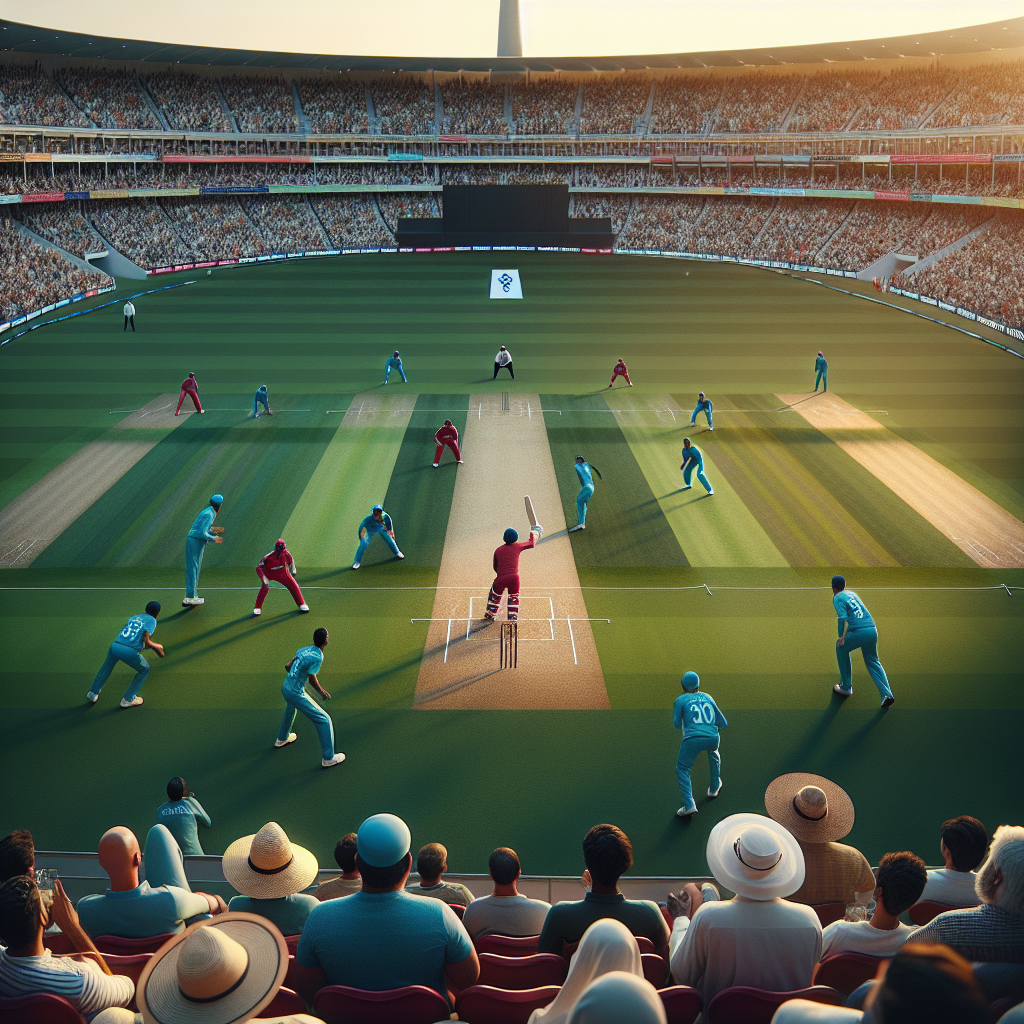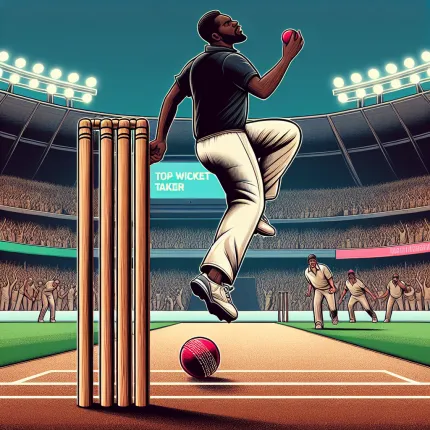
The Indian Premier League (IPL) has revolutionized the world of cricket since its inception in 2008. This annual cricket tournament has not only transformed the way the game is played but has also become a significant cultural and economic force. In this article, we will delve into the history, impact, and future of the IPL, exploring its influence on cricket and beyond.
The Genesis of the IPL
The IPL was conceived by the Board of Control for Cricket in India (BCCI) as a response to the growing popularity of Twenty20 (T20) cricket. The league was designed to bring together the best cricketing talent from around the world, offering a fast-paced and entertaining format that appealed to a broad audience. The inaugural season in 2008 was a resounding success, setting the stage for what would become a global sporting phenomenon.
The Format and Structure
The IPL follows a franchise-based model, with teams representing different cities in India. Each team is a blend of international and domestic players, creating a unique mix of talent and styles. The tournament typically runs for about two months, featuring a round-robin format followed by playoffs and a final to determine the champion.
- Eight to ten teams participate each season.
- Each team plays a set number of matches in the league stage.
- The top four teams qualify for the playoffs.
- The playoffs consist of Qualifiers, an Eliminator, and the Final.
The Economic Impact of the IPL
The IPL has had a profound economic impact, both in India and globally. It has created a lucrative ecosystem that benefits players, franchises, sponsors, and broadcasters. The league's brand value has consistently grown, making it one of the most valuable sports leagues in the world.
Revenue Generation
The IPL generates significant revenue through various channels:
- Broadcasting Rights: The sale of broadcasting rights is a major source of income. In 2017, Star India acquired the rights for a staggering $2.55 billion for five years.
- Sponsorships: The league attracts high-profile sponsors, with companies eager to associate their brands with the IPL's massive viewership.
- Merchandising: Team merchandise, including jerseys and memorabilia, contributes to the league's revenue.
- Ticket Sales: Although a smaller portion, ticket sales for matches add to the overall earnings.
Job Creation and Economic Boost
The IPL has also been a catalyst for job creation and economic growth. It provides employment opportunities in various sectors, including hospitality, tourism, and media. Cities hosting IPL matches experience a surge in economic activity, benefiting local businesses and infrastructure development.
The Cultural Impact of the IPL
Beyond economics, the IPL has had a significant cultural impact. It has brought together people from diverse backgrounds, fostering a sense of unity and shared passion for cricket. The league has also played a role in promoting cricket in regions where the sport was previously less popular.
Globalization of Cricket
The IPL has contributed to the globalization of cricket by attracting international players and audiences. It has provided a platform for players from different countries to showcase their skills and learn from each other, enhancing the overall quality of the game.
Entertainment and Celebrity Culture
The IPL is not just about cricket; it is a grand spectacle that combines sports with entertainment. Celebrity team owners, glamorous opening ceremonies, and star-studded performances have made the IPL a cultural extravaganza. This blend of cricket and entertainment has broadened the league's appeal, attracting fans who might not be traditional cricket enthusiasts.
Challenges and Criticisms
Despite its success, the IPL has faced its share of challenges and criticisms. Issues such as match-fixing scandals, player fatigue, and the commercialization of the sport have raised concerns among fans and stakeholders.
Match-Fixing and Corruption
The integrity of the IPL has been questioned due to match-fixing scandals that have marred its reputation. The BCCI and IPL governing bodies have taken steps to address these issues, implementing stricter regulations and monitoring mechanisms.
Player Workload and Injuries
The demanding schedule of the IPL, combined with international commitments, has led to concerns about player workload and injuries. Balancing the commercial interests of the league with the well-being of players remains a challenge for organizers.
The Future of the IPL
As the IPL continues to evolve, its future looks promising. The league is exploring new avenues for growth, including expanding the number of teams, enhancing fan engagement through digital platforms, and exploring international markets.
Technological Innovations
Technology is playing an increasingly important role in the IPL. Innovations such as virtual reality experiences, advanced analytics, and interactive fan engagement platforms are enhancing the viewing experience and attracting a younger audience.
Global Expansion
There is potential for the IPL to expand its reach beyond India. Hosting matches in other countries or establishing partnerships with international leagues could further increase its global footprint and fan base.
Conclusion
The Indian Premier League has transformed cricket in unprecedented ways. Its blend of sports, entertainment, and commerce has created a unique product that resonates with millions of fans worldwide. While challenges remain, the IPL's ability to adapt and innovate ensures its continued success and influence in the world of sports. As it moves forward, the IPL will likely continue to shape the future of cricket, inspiring new generations of players and fans alike.
In summary, the IPL is more than just a cricket tournament; it is a cultural and economic powerhouse that has redefined the sport. Its impact on cricket, society, and the global sports landscape is undeniable, making it a fascinating subject for fans and analysts alike.





